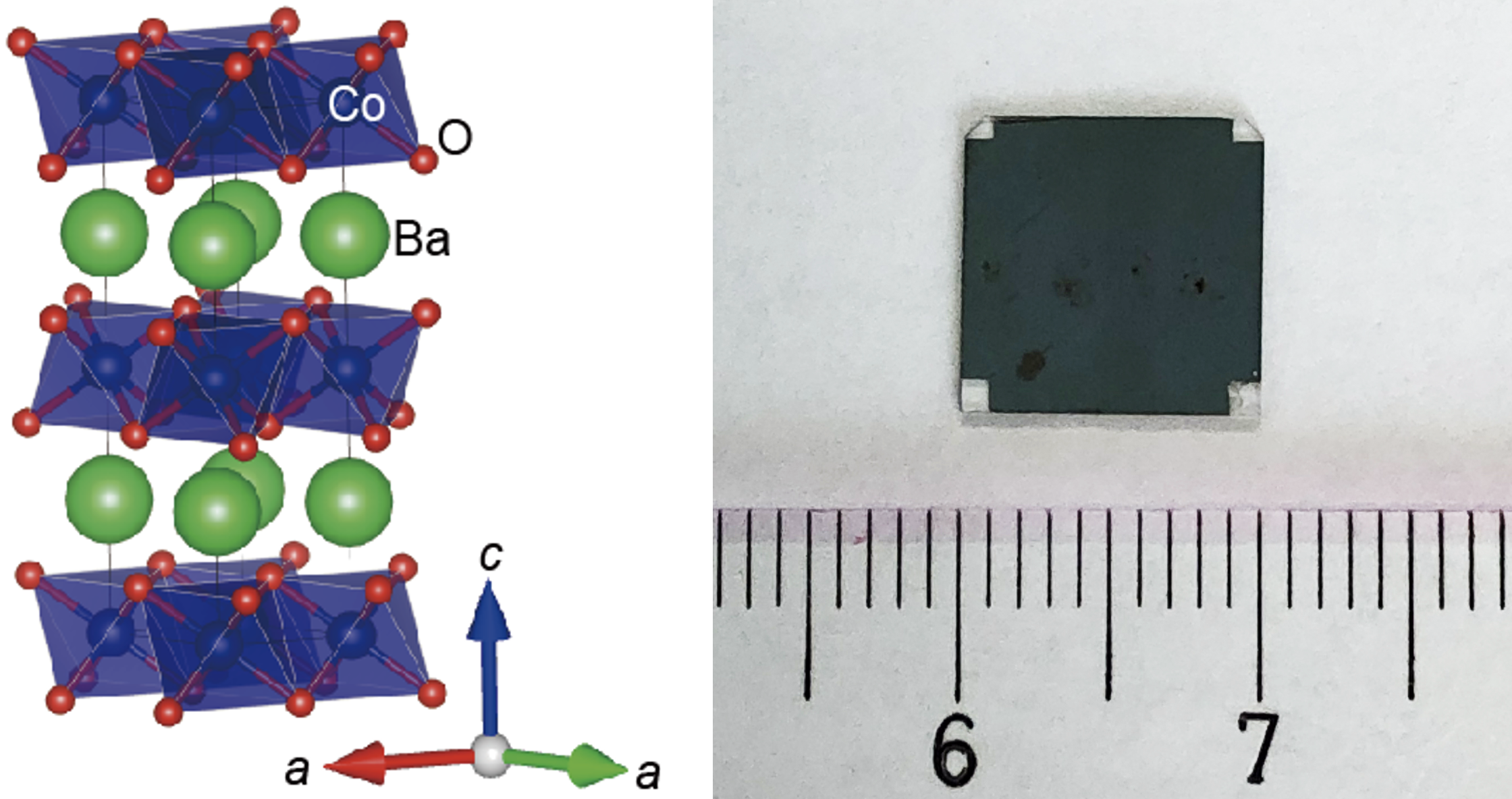
A thermoelectric metal oxide film with a thermoelectric figure of merit of ~0.55 at 600°C has been discovered, opening new avenues towards the widespread use of thermoelectric converters.
Waste heat is a very promising source of energy conservation and reuse, by means of converting this heat into electricity — a process called thermoelectric conversion.
Commercially available thermoelectric conversion devices are synthesized using rare metals. While these are quite efficient, they are expensive and, in the majority of cases, utilize toxic materials...
Read More







Recent Comments